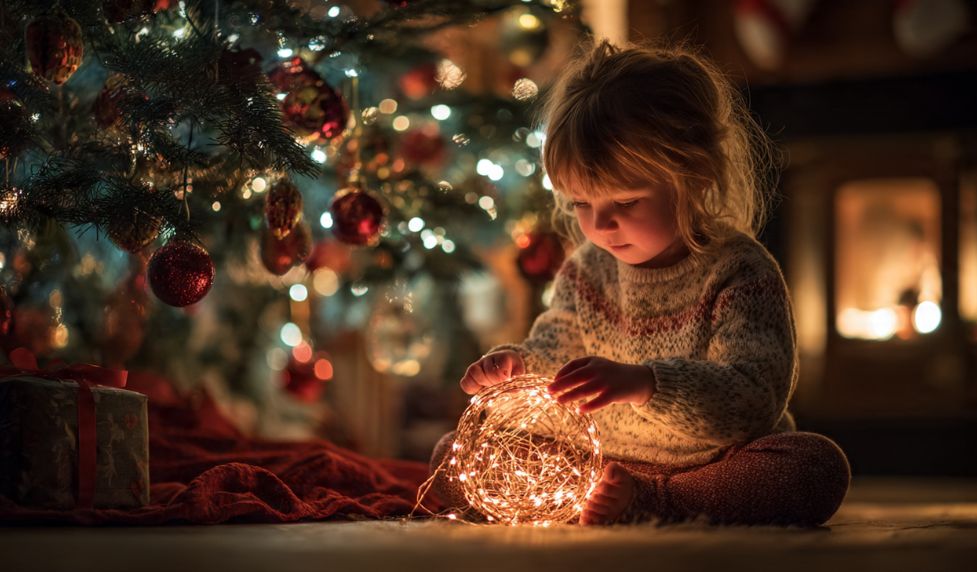Christmas holds a unique place in childhood memories, creating moments that shape how children view wonder, family, and tradition. Whether you’re parenting your biological children or caring for foster children who may be experiencing their first stable Christmas, maintaining that festive sparkle requires thoughtful planning that grows with each child’s development.
Toddlers and Preschoolers
Young children thrive on routine mixed with gentle surprises. You can create magic through countdown calendars filled with small activities rather than gifts. Simple traditions like making paper snowflakes, leaving carrots for Santa’s reindeer, or reading the same Christmas story each night build anticipation.
Keep presents manageable in number and size. Toddlers often find more joy in the wrapping paper than expensive toys. Focus on sensory experiences: baking biscuits together, listening to festive music, or taking evening walks to see Christmas lights creates lasting memories without overwhelming small minds.
Primary School Children
Children aged five to eleven possess boundless imagination whilst developing their own sense of agency. This age group benefits from being included in Christmas preparations. You might involve them in decorating, gift-wrapping for others, or choosing charitable causes to support.
Elf on the Shelf activities work brilliantly here, but don’t feel pressured to create elaborate scenes. Simple movements and occasional small notes maintain the magic without causing stress. Consider starting family traditions like Christmas morning scavenger hunts or special holiday films that become annual rituals.
For children fostered with agencies like Fosterplus, who are settling into new homes, involving them in creating new traditions helps establish belonging whilst respecting their previous experiences.
Teenagers
Adolescents may claim Christmas is “for little kids,” but they often harbour secret fondness for festive traditions. The key lies in giving them meaningful roles rather than treating them as passive recipients.
Encourage teenagers to plan surprises for younger siblings or contribute to family celebrations through their own skills. Perhaps they could create a playlist, help with cooking, or organise family games. Many teens enjoy the responsibility of helping maintain magic for younger children.
Gift-giving can evolve too. Instead of surprise presents, consider experience gifts they can anticipate: concert tickets, day trips, or items for developing hobbies. This acknowledges their growing maturity whilst maintaining excitement.
Mixed Age Groups
Families with children spanning different ages face unique challenges. The solution involves layered celebrations where each activity offers something for everyone.
Christmas morning might begin with young children opening stockings whilst older ones help with breakfast preparation. Gift opening can be staggered, allowing older children to help younger ones whilst having their own special moments.
Consider creating different magical elements for different ages: younger children might believe in Santa, whilst older ones enjoy the conspiracy of helping maintain that belief. This approach transforms potential scepticism into protective participation.
Maintaining Christmas magic isn’t about perfect execution or expensive gestures. It’s about creating moments of joy, connection, and wonder that feel authentic to your family’s circumstances. Whether you’re building new traditions with foster children or adapting existing ones as your family grows, focus on what brings genuine happiness rather than meeting external expectations. The most meaningful Christmas magic often comes from the simplest moments shared together.




